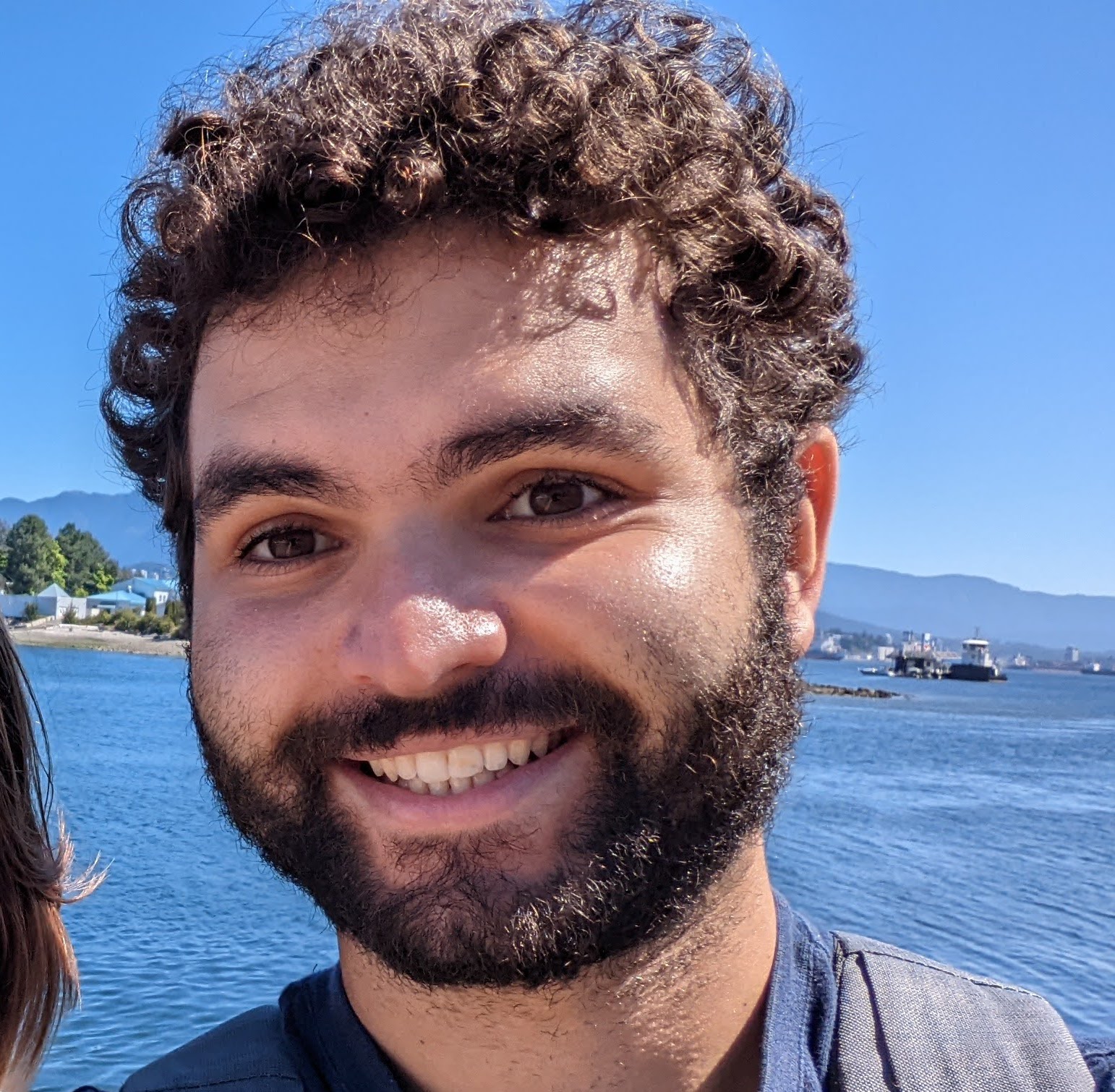
- This event has passed.
Fall 2025 GRASP Seminar: Otman Benchekroun, University of Toronto, “Subspace Design for Interactive and Controllable Physics Simulation”
October 6 @ 11:00 am - 12:00 pm
This event was in-person ONLY in Levine 512.
ABSTRACT
From the smallest sculptures to the largest bridges, humans excel at navigating physical constraints to create art and technology. A physically accurate virtual world not only enables rapid and inexpensive prototyping, but also opens the door to bending or breaking these physical laws, expanding the scope of what and how humans can create. However, realistic simulations require a large number of degrees of freedom, making them computationally expensive and slow. Current simulation tools further complicate interaction, often forcing users to manipulate low-level parameters, such as specifying time-varying forces directly. This combination of computational cost and unintuitive control hinders the development of applications in animation, robotics, and engineering. In this talk, I will present my PhD research on subspace design, which develops methods to make complex simulations faster and more controllable, empowering users to explore, design, and interact with virtual worlds in more intuitive and creative ways.

